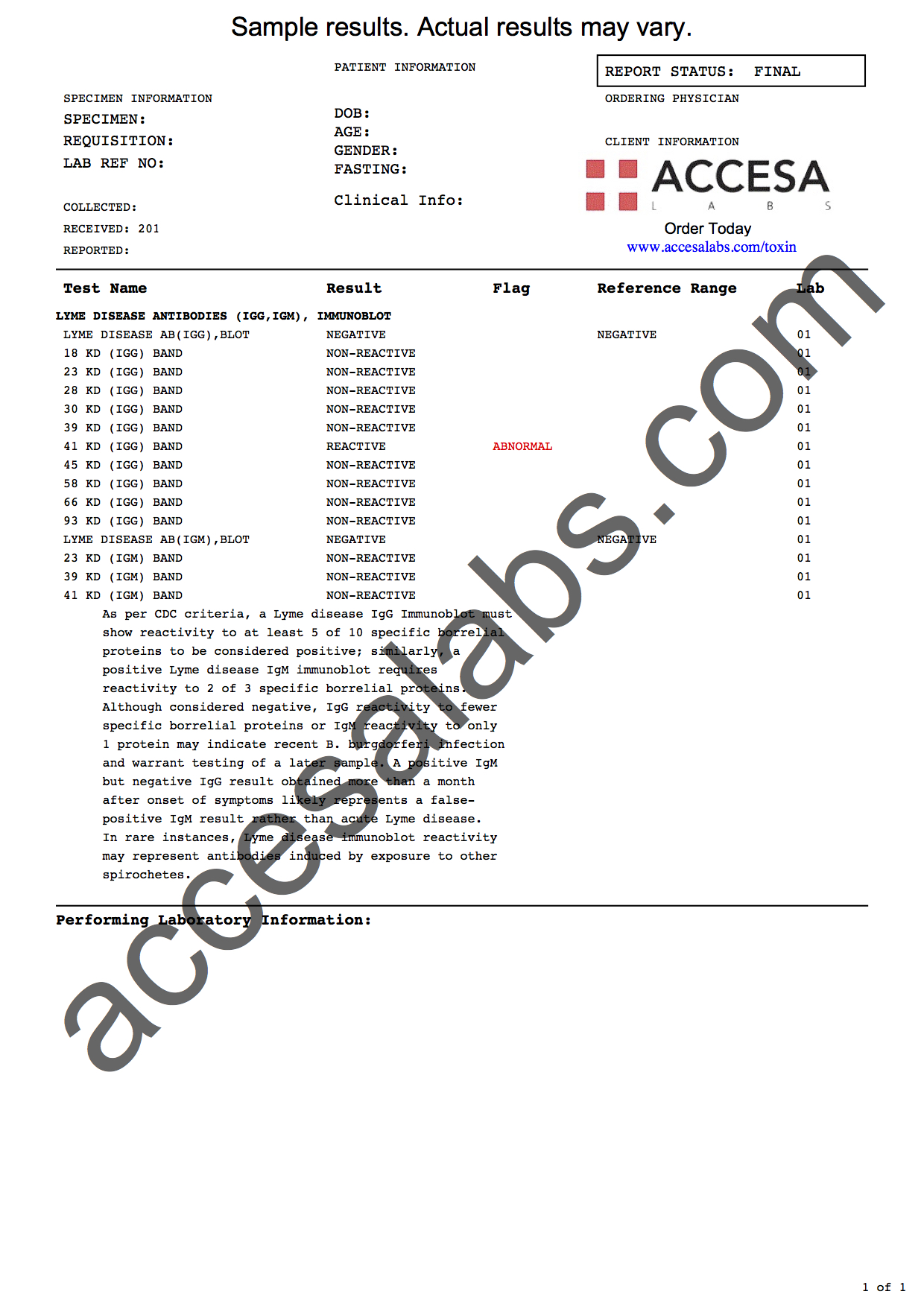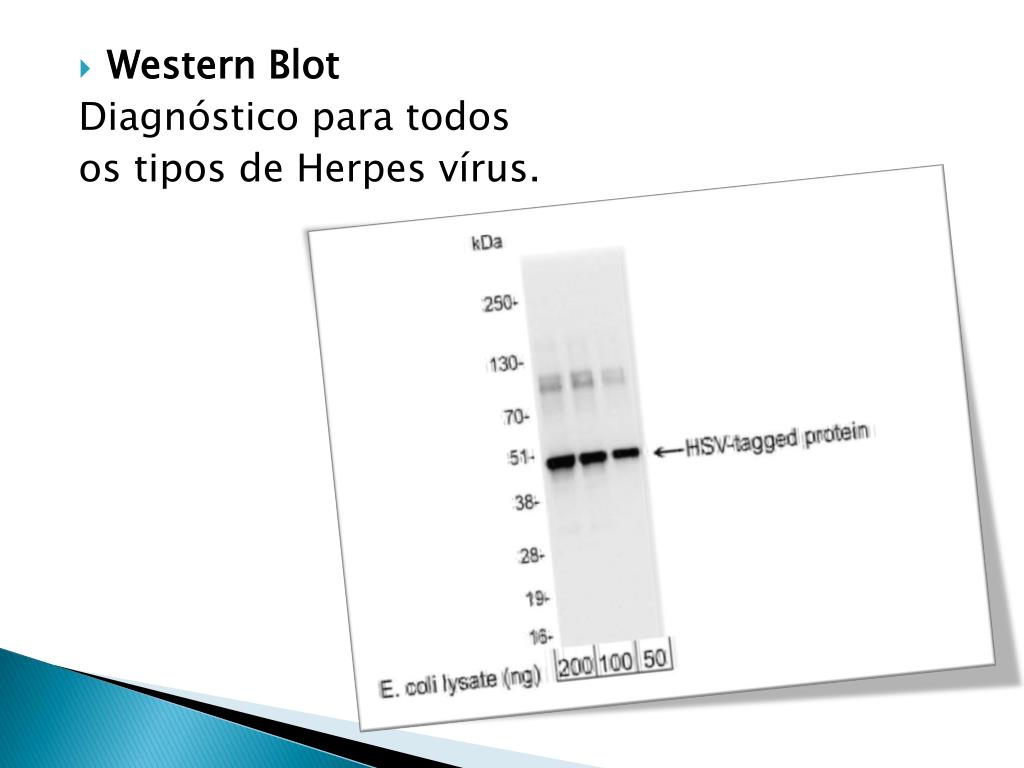

Besides detecting the proteins, this technique is also utilized to visualize, distinguish, and quantify the different proteins in a complicated protein combination. In HIV-negative persons with HSV infection, suppressive therapy and sexual abstinence during apparent outbreak and prodrome reduce the risk of HSV transmission.Ĭonsistent use of male latex condoms reduces the risk of HSV transmission.Īsymptomatic partners of patients with HSV infection should be counseled on HSV and offered type-specific serologic testing.The western blot (sometimes called the protein immunoblot), or western blotting, is a widely used analytical technique in molecular biology and immunogenetics to detect specific proteins in a sample of tissue homogenate or extract. In patients with HSV-2 and HIV infections, episodic or suppressive treatment is not effective in preventing HSV transmission to at-risk partners. Infection with HSV increases the risk of acquiring HIV infection. Patients should be informed of the high incidence of asymptomatic viral shedding and the likelihood of transmitting HSV in the absence of an active outbreak. Patients should be counseled to inform current sex partners about genital herpes and to inform future partners before initiating a sexual relationship. They should be advised to abstain from sex with uninfected partners when active lesions or prodromal symptoms are present. Patients should be educated on the atypical and subtle signs of herpes outbreaks because it improves recognition. Elective cesarean delivery should be performed in laboring patients with active lesions to reduce the risk of neonatal herpes. During pregnancy, antiviral prophylaxis with acyclovir is recommended from 36 weeks of gestation until delivery in women with a history of genital herpes. In patients with HSV who are HIV-negative, treatment reduces transmission of HSV to uninfected partners. Treatment of primary and subsequent outbreaks with nucleoside analogues is well tolerated and reduces duration, severity, and frequency of recurrences. Polymerase chain reaction assay is the preferred method of confirming HSV infection in patients with active lesions. Patients with HSV-2 have a higher risk of acquiring human immunodeficiency virus (HIV) infection. Although HSV-1 and HSV-2 are indistinguishable visually, they exhibit differences in behavior that may affect management. Asymptomatic shedding of transmissible virus is common. Subsequent outbreaks, caused by reactivation of latent virus, are usually milder. Symptoms of primary infection may include malaise, fever, or localized adenopathy.

A visible outbreak consists of single or clustered vesicles on the genitalia, perineum, buttocks, upper thighs, or perianal areas that ulcerate before resolving. It is caused by herpes simplex virus (HSV) and characterized by lifelong infection and periodic reactivation.

Genital herpes is a common sexually transmitted disease, affecting more than 400 million persons worldwide.


 0 kommentar(er)
0 kommentar(er)
